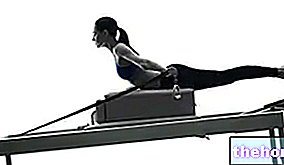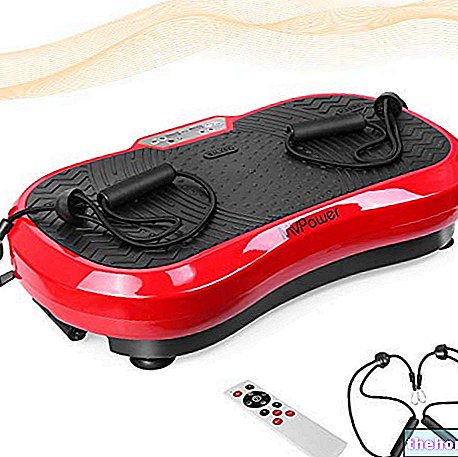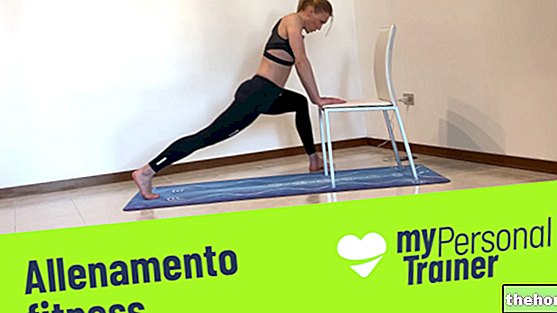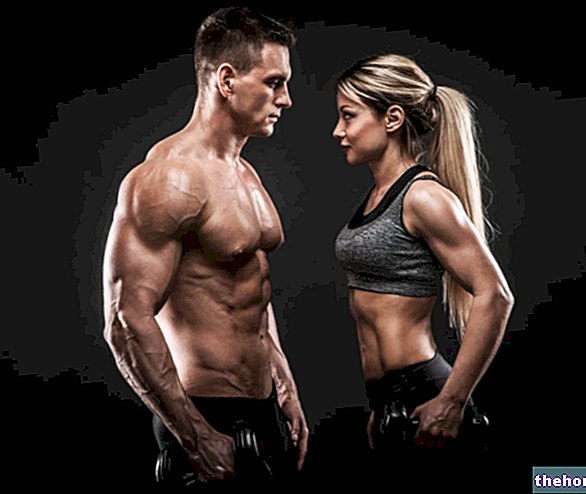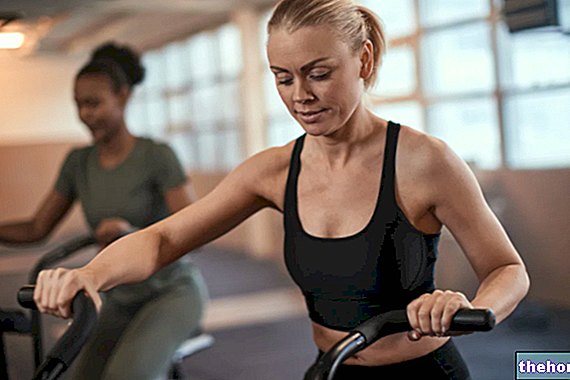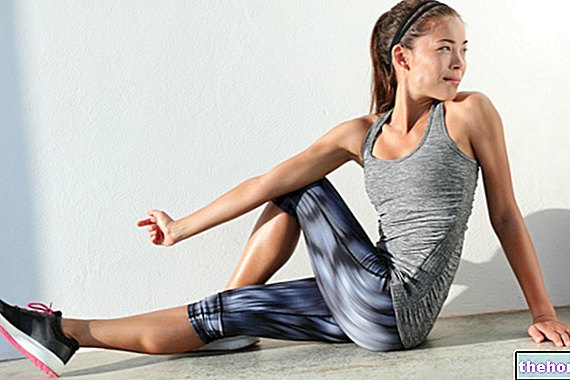To maintain a healthy lifestyle, in addition to having a "balanced diet, it is essential to do physical activity, in all age groups."
The ways to train can be different, depending on the time you have available and the goals you set out to achieve. In addition to the gym, the home is also a great place to devote yourself to fitness but just as you would in a professional space, to do it in the best possible way and avoid injuries it is necessary not to forget some basic steps.
that burn calories, the ideal would be to have a treadmill or an exercise bike, with which to program running, walking or cycling sessions, calibrated to the level of personal preparation.
Alternatively, reproducing zumba or aerobics choreography also allows you to consume a considerable amount of energy, as well as perform HIIT circuits. To help you, you can also make use of various fitness apps or video tutorials available on the web.
Strength training
If, on the other hand, you are aiming for muscle toning, the options are almost endless. From bodyweight exercises for the buttocks and lower body to those with dumbbells for the arms and pectorals.
Also very useful are the elastic resistance bands, a simple tool to use, with a small footprint and therefore easily stored in a drawer after use, and whose use during toning exercises can increase the results.
it is practical and does not require any additional cost, except the initial one necessary for the purchase of sportswear or, if desired, some equipment. This simplicity of approach, however, must not lead to the error of thinking that fitness household is immune from injuries.
On the contrary, if you ignore some basic steps, the risk of getting hurt is more than real, also because the absence of a personal trainer who can guide in the movements and exercises, can lead many people to exaggerate and push their body further. the limit.
Recovering from an injury is not easy and in addition to the endurance of pain, it usually requires medium-long times and consistent periods of inactivity. Therefore, it is essential to avoid this eventuality as much as possible.
Here are the things not to forget when training at home.
Always wear shoes
Except for activities that specifically require it such as Yoga, even if you train at home, you should never do it barefoot, but always wear shoes suitable for the type of activity you are doing. Otherwise, the risk is to incur tendinitis, sprains or other injuries.
Warm up
Warming up before sport stimulates the heart and lungs, helping them to reach their optimal functioning in anticipation of intense exercise.
Starting to train with the muscles still cold is a very big mistake, which could cost you dearly. For this reason, before starting an intense fitness session, it is important to accustom the body to movement with mild aerobic exercises, such as a light jog in place or a walk.
It is also useful to do the jumping jack exercise for one minute.
- Starting from a standing position, with legs and arms together, jump by opening the legs and raising the arms.
- Return to the starting position.
Pay attention to what you eat
Maintaining a "correct and functional diet for training" is also essential. In the diet of a sportsman, vitamin D should never be lacking, because it promotes the metabolism of calcium by strengthening the bones and increases strength and muscle activity. It can be taken with nuts, eggs, salmon and mushrooms.
Equally decisive is the contribution of potassium, which is found in considerable quantities in bananas, kiwis, walnuts, apricots. Finally, vitamin C, contained mainly in kiwifruit and citrus fruits, helps to improve body flexibility.
Hydrate properly
Furthermore, we must not forget to drink constantly before, during and after the fitness session, in order to keep the body hydration level at optimal levels.
On average, practicing physical activity you lose about 500ml of fluids per hour, so in anticipation of the effort, it is advisable to drink a considerable amount of water and replenish it immediately afterwards. It is also essential to continue to hydrate during physical activity, especially if the effort it's intense. The ideal would be to drink around 200ml every 15 minutes.
Don't forget about stretching
Finally, it is very important to do some stretching both before and after training.
In the preparatory phase, stretching the muscles and warming them in an optimal way, drastically reduces the risk of injury because it improves joint mobility, that is the ability to move a "joint, to its maximum extent, without pain. In post training, on the other hand, it allows the muscles to continue pumping blood to the heart and gradually return to a resting state.

